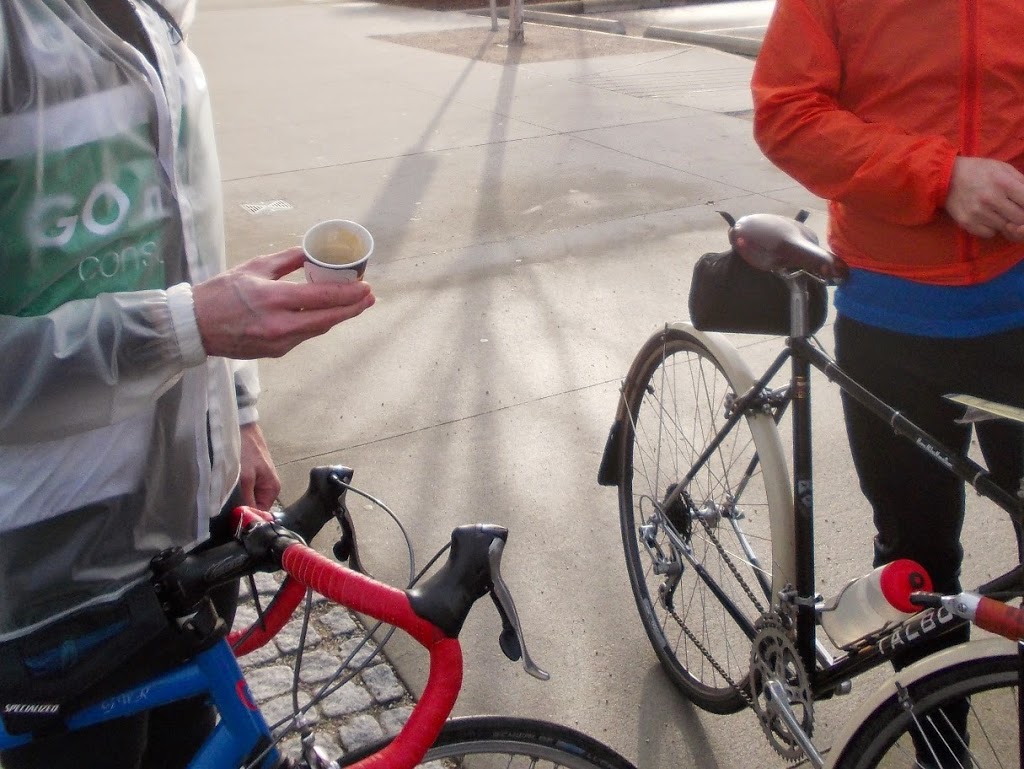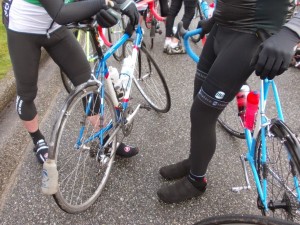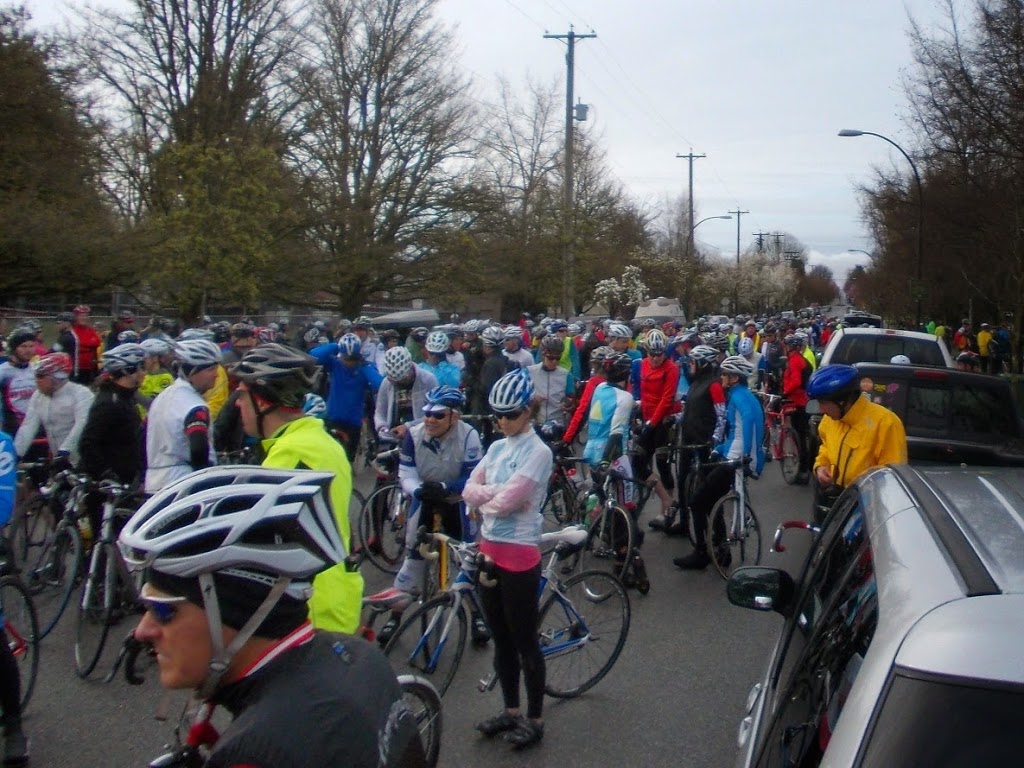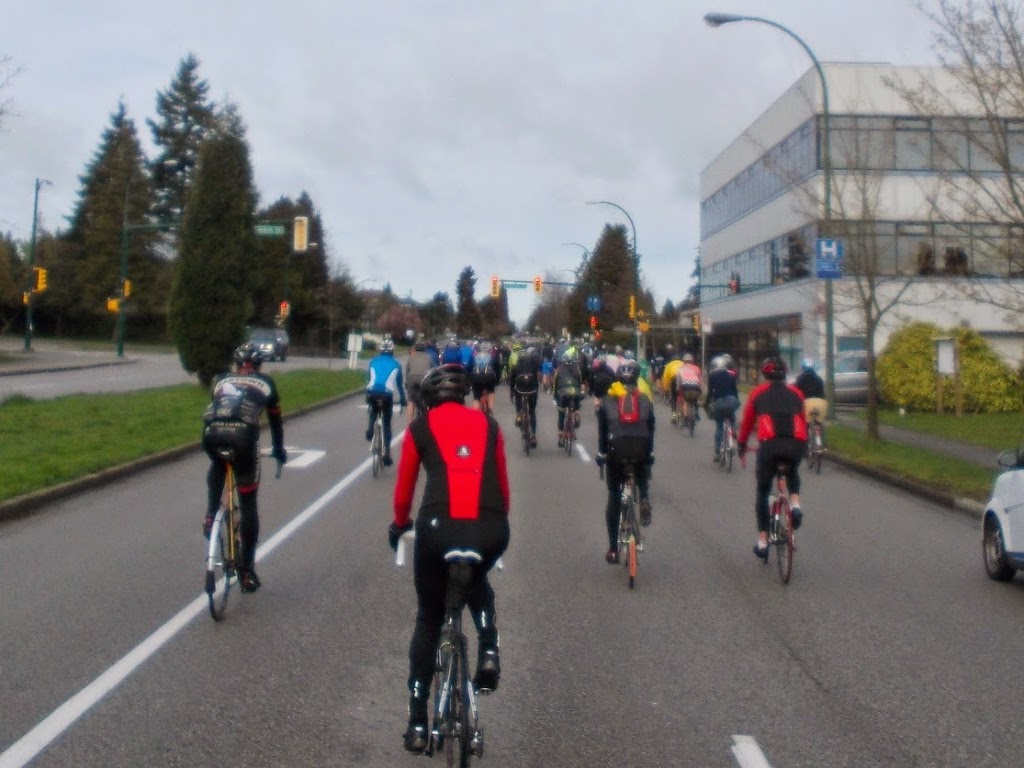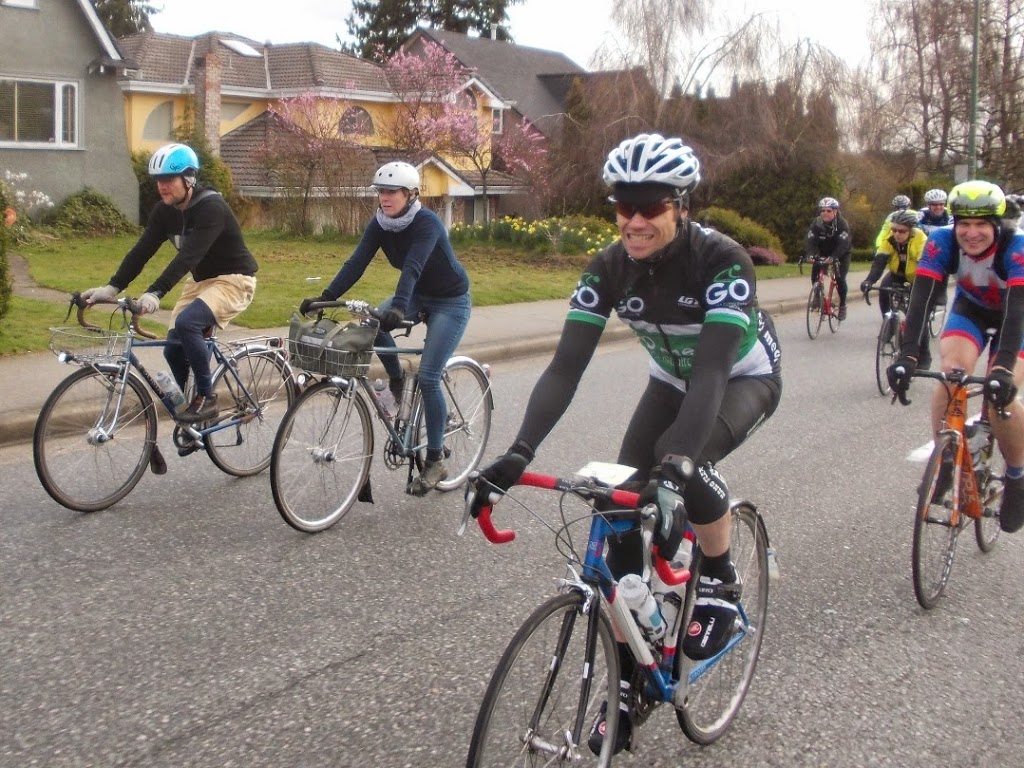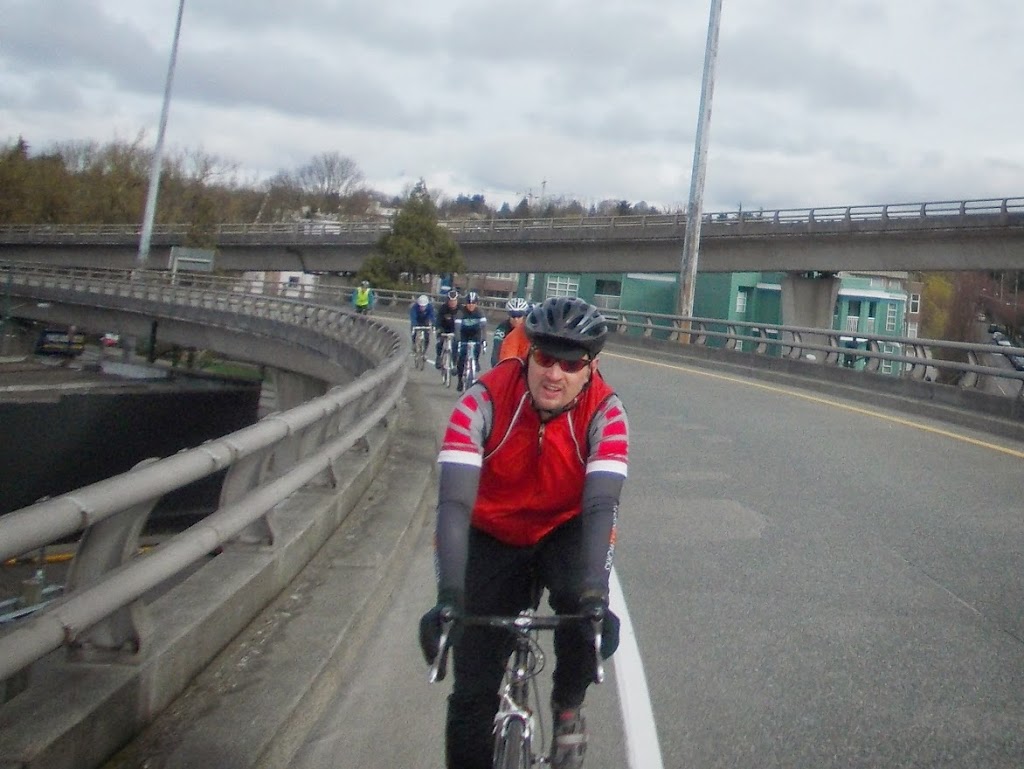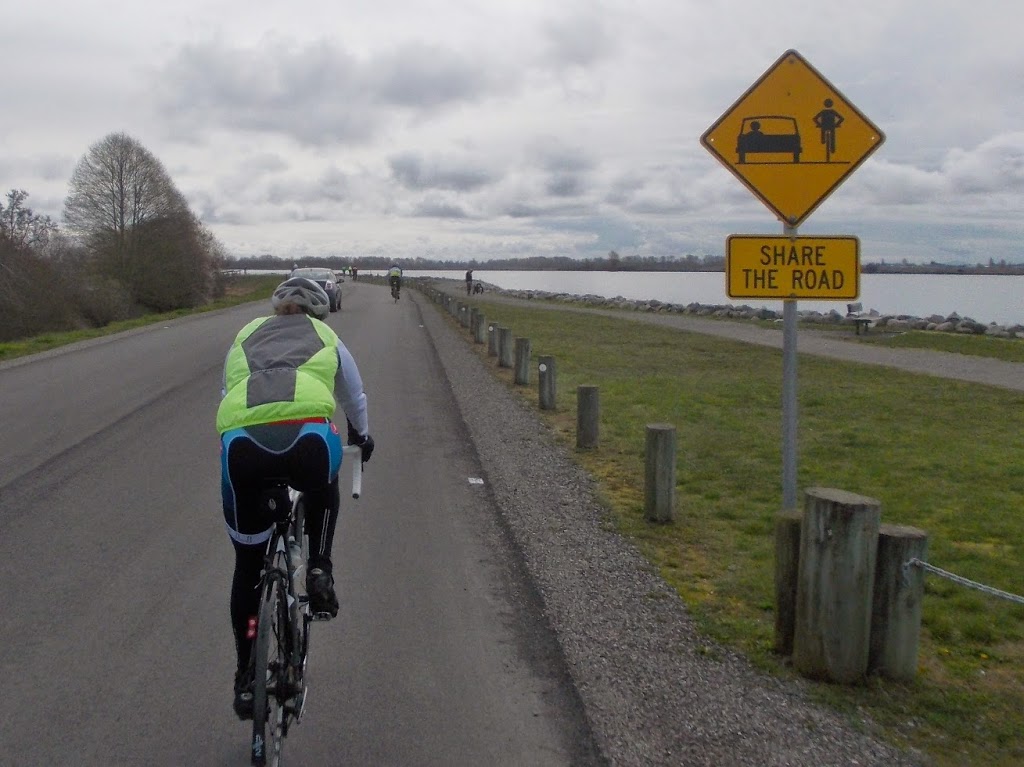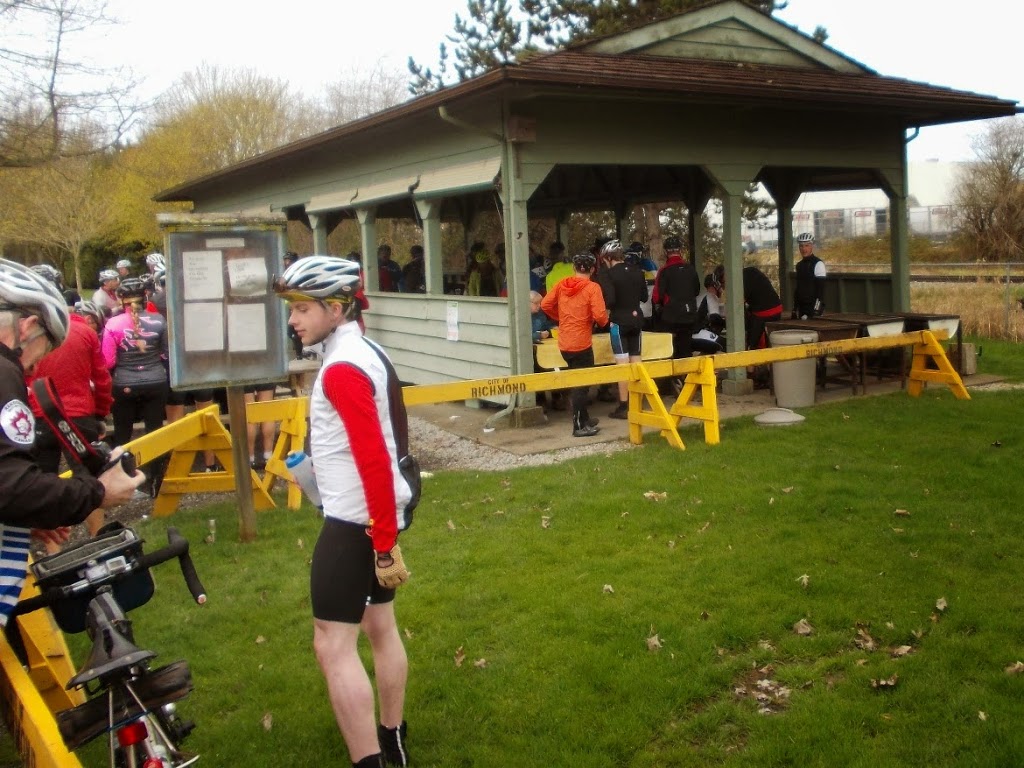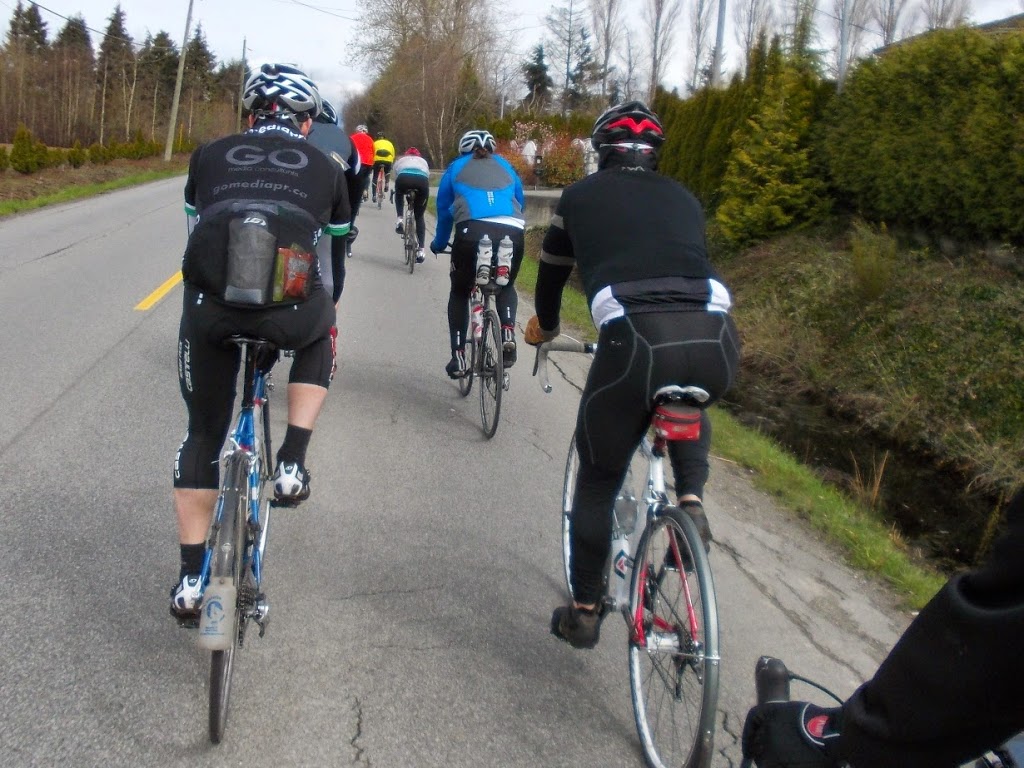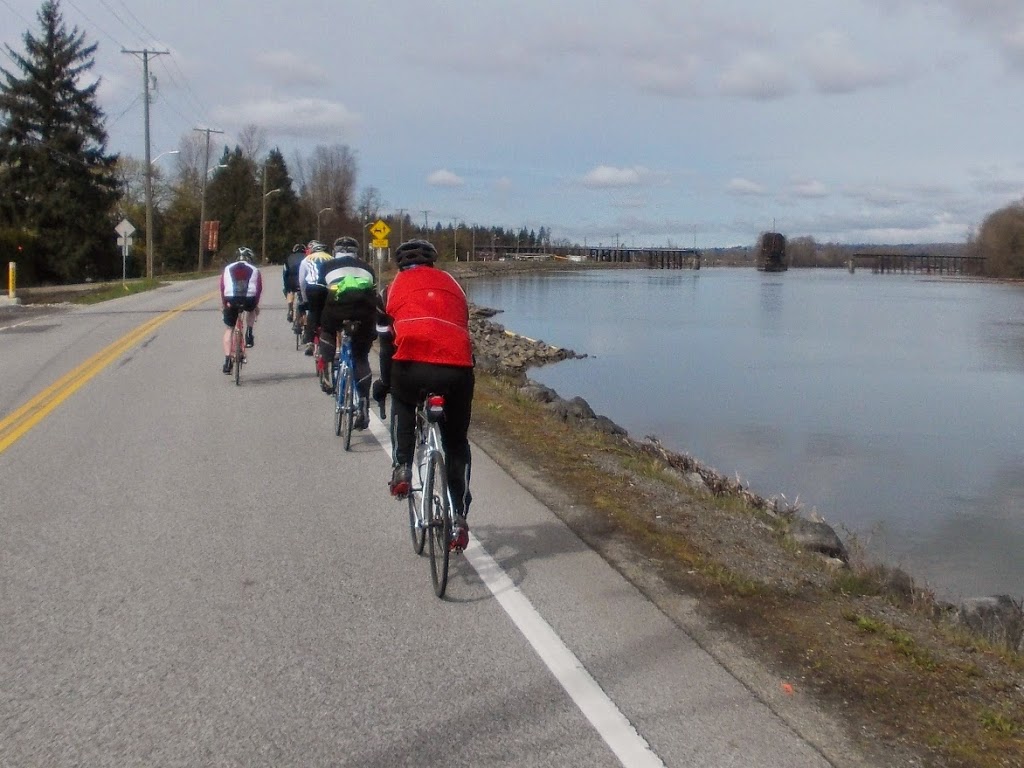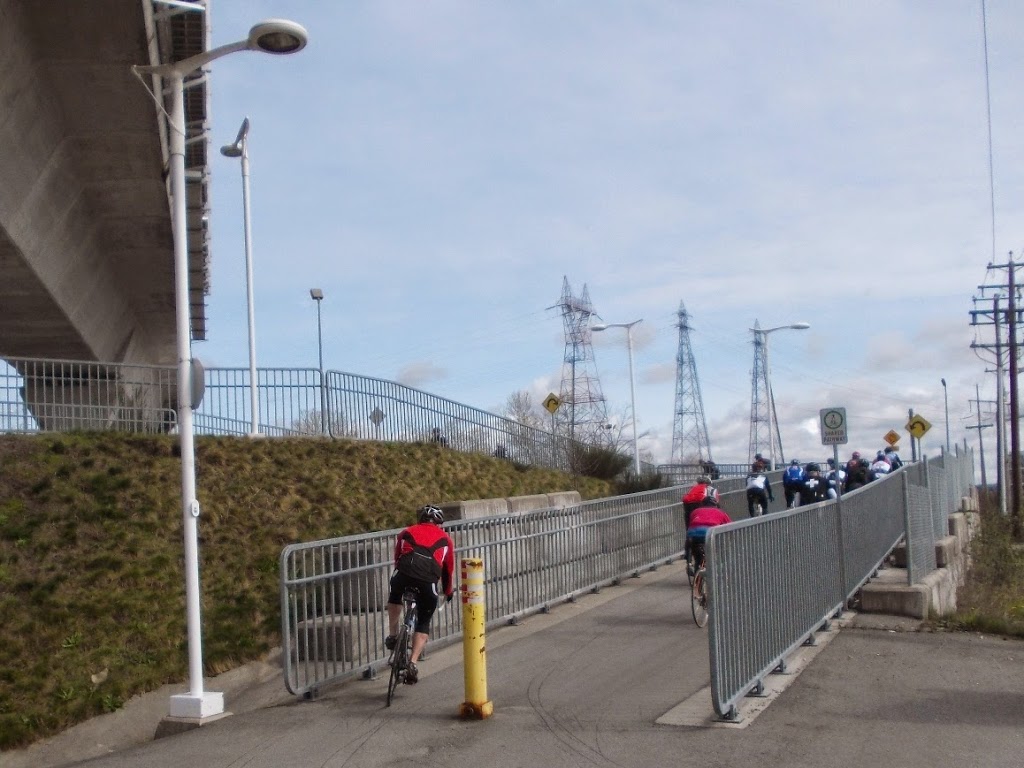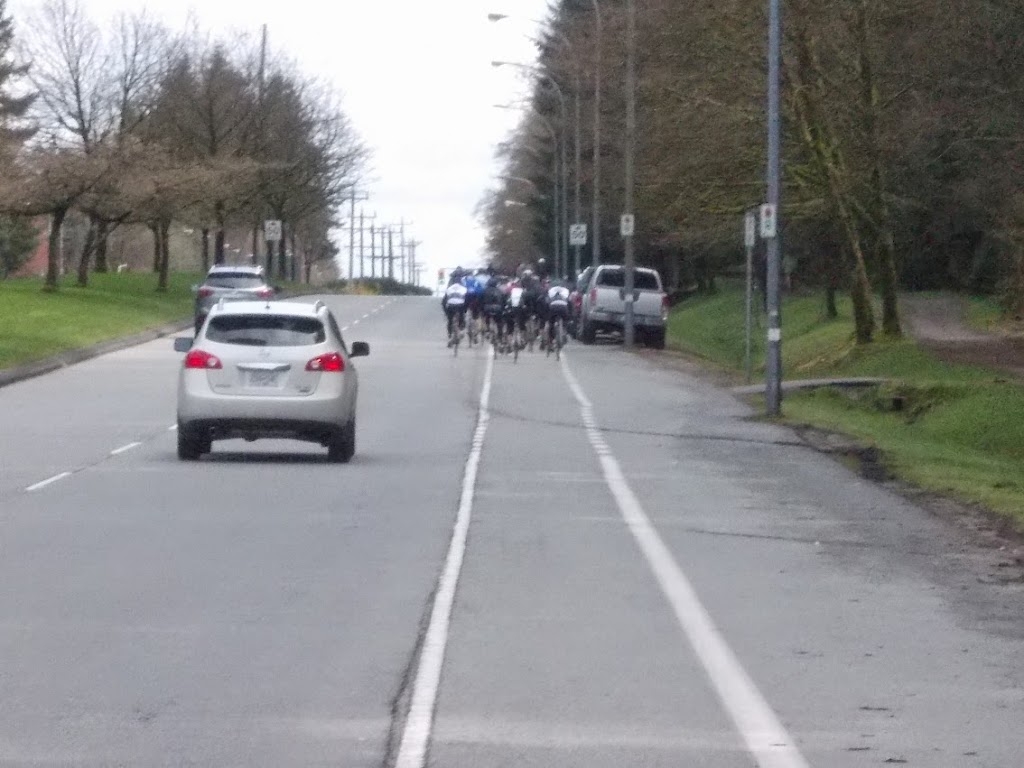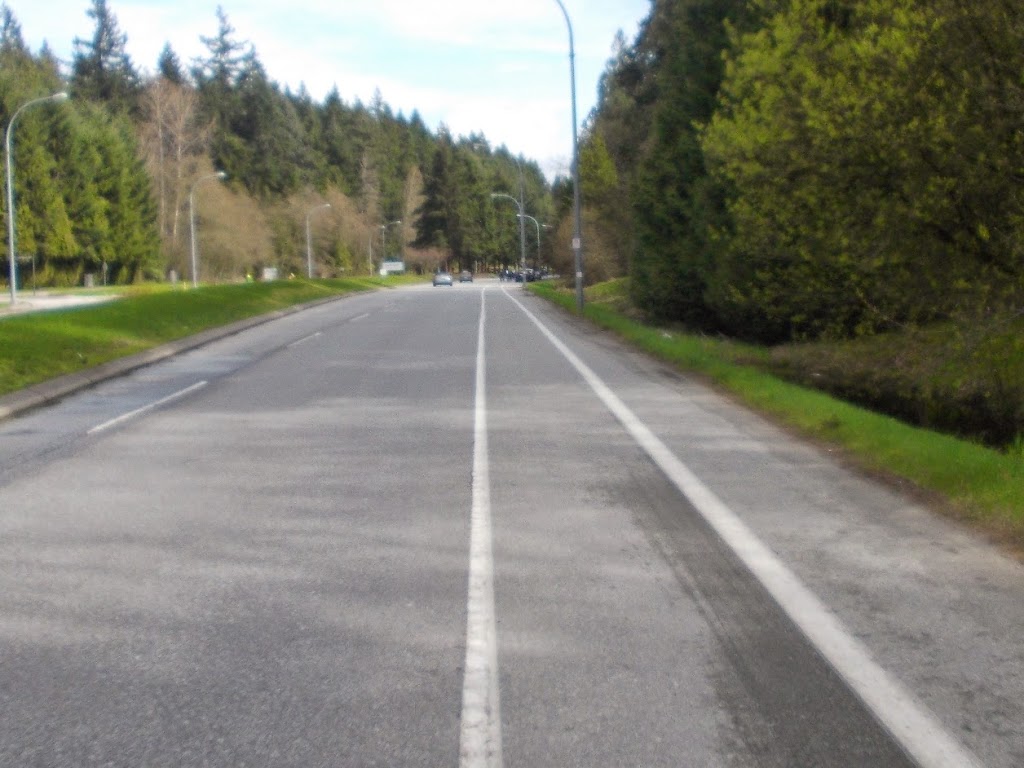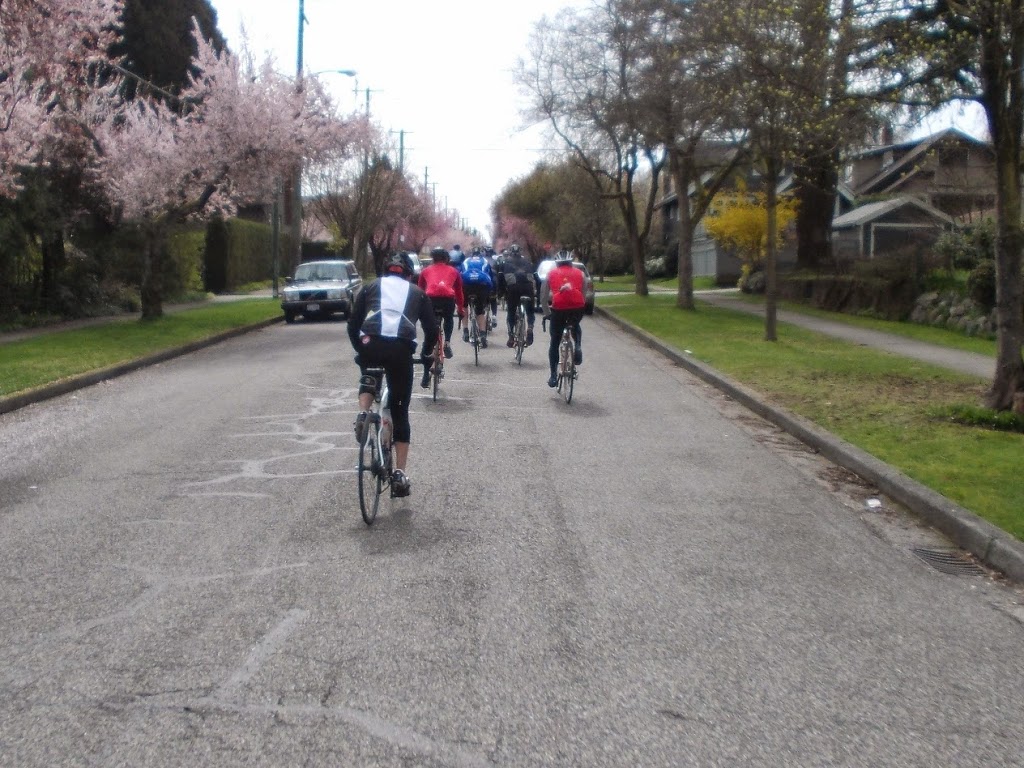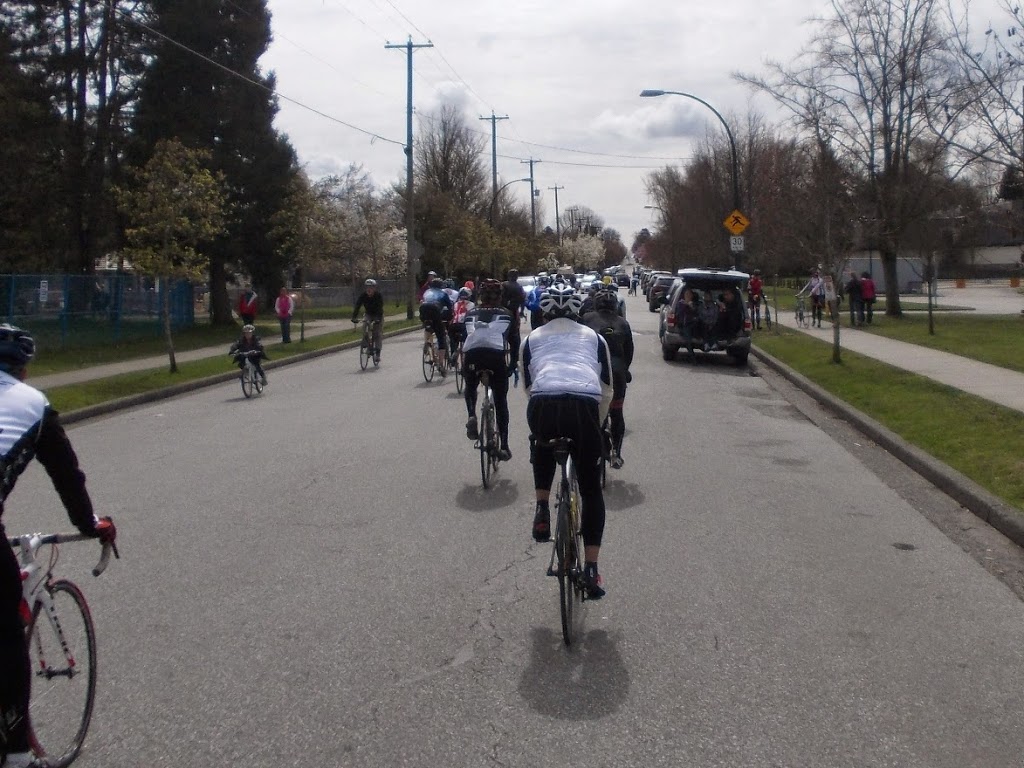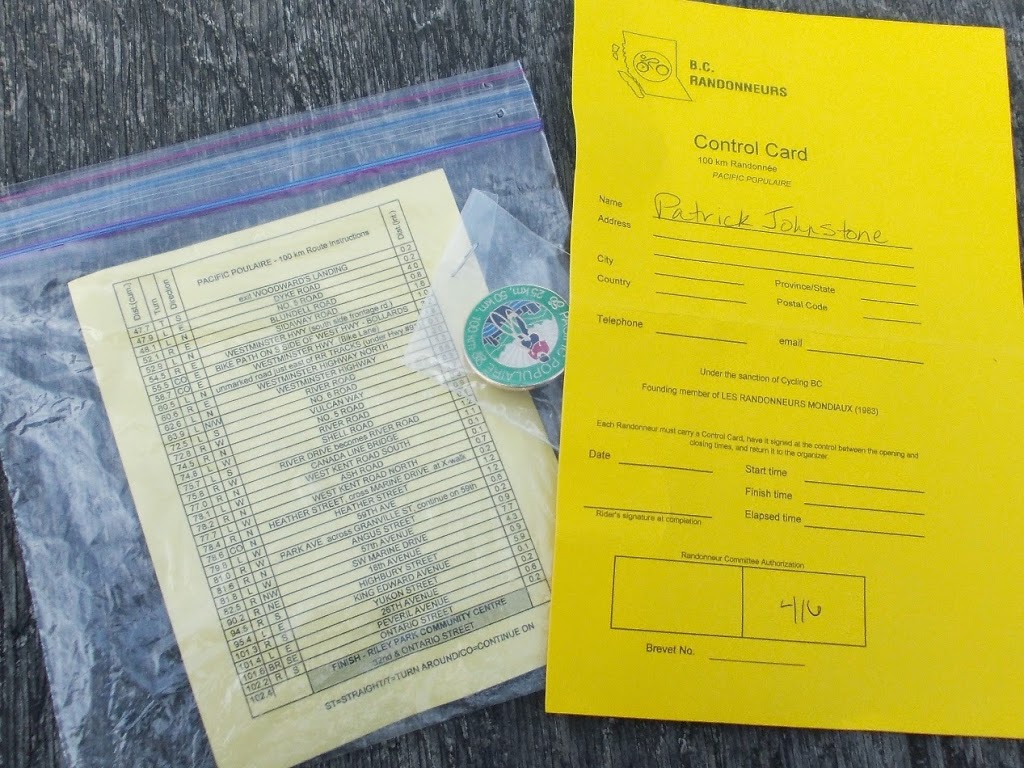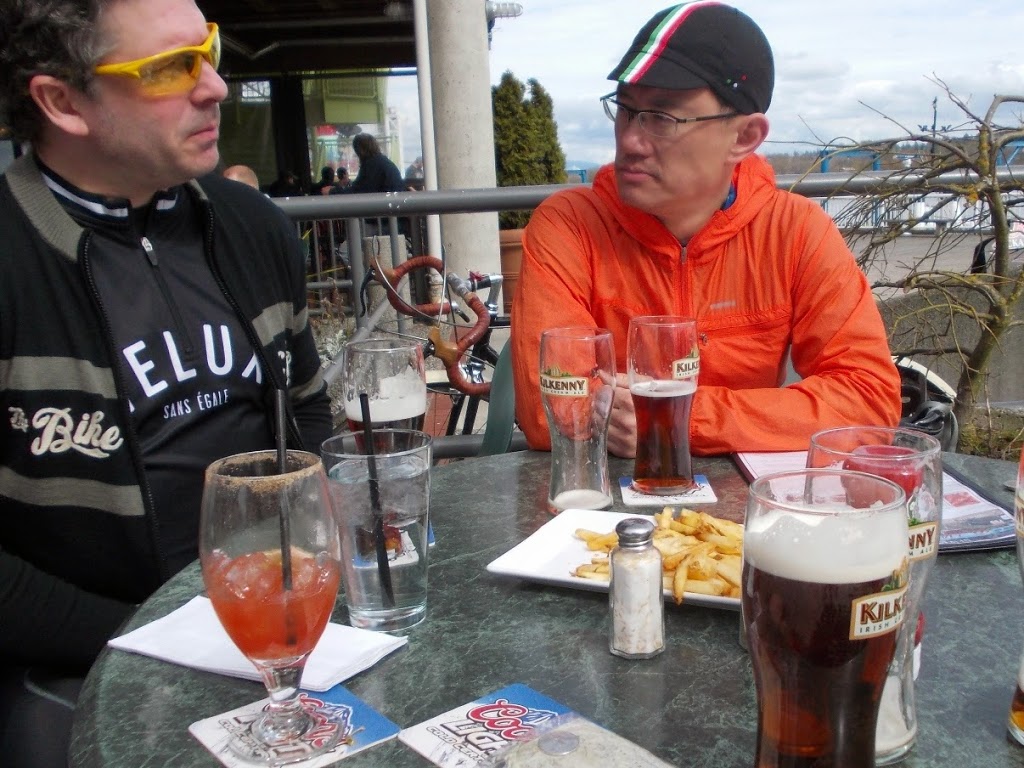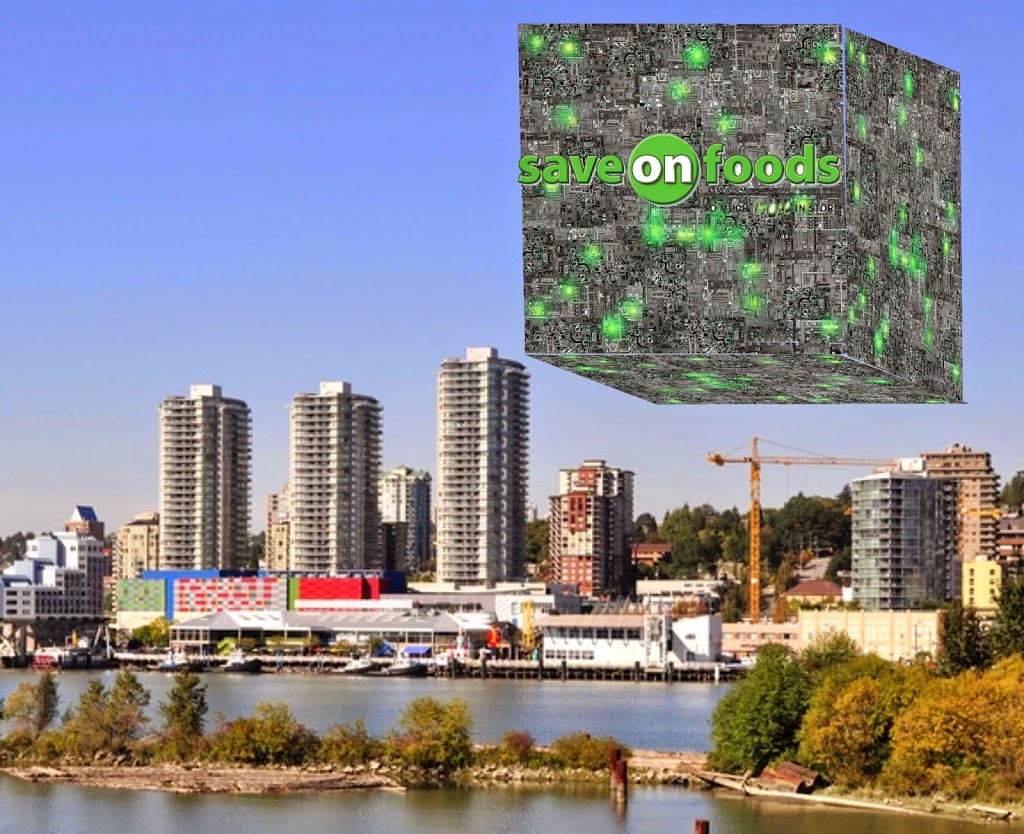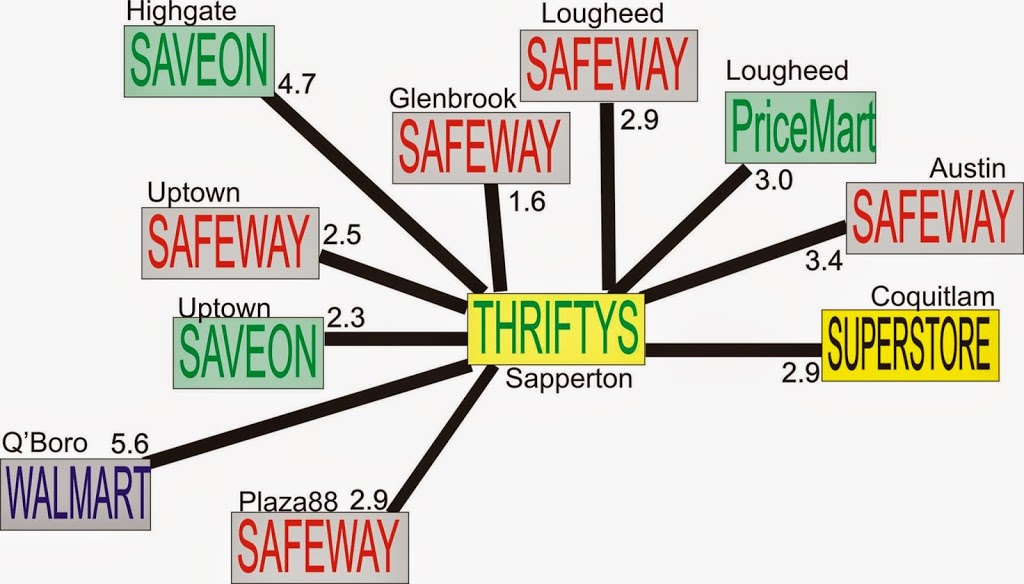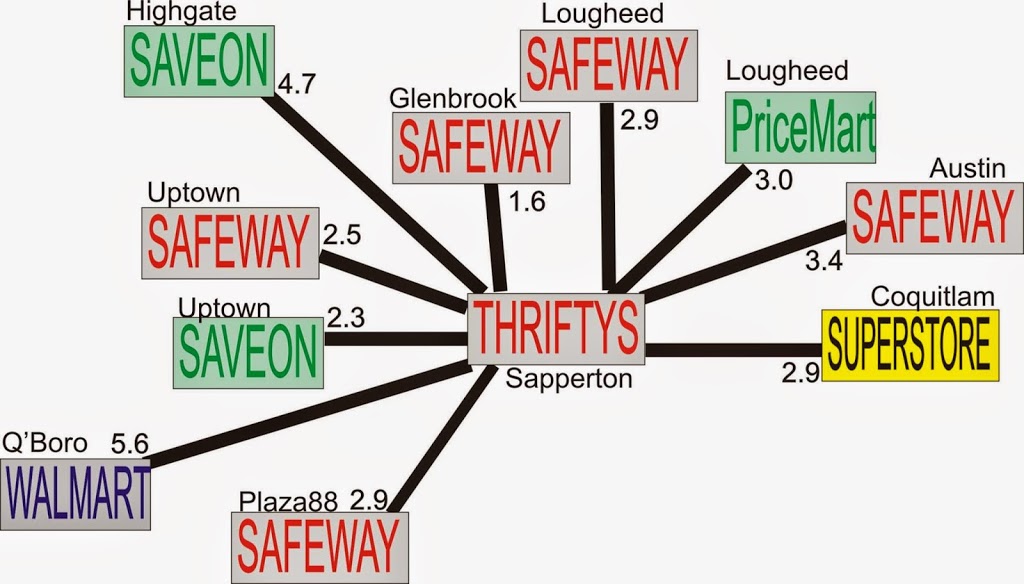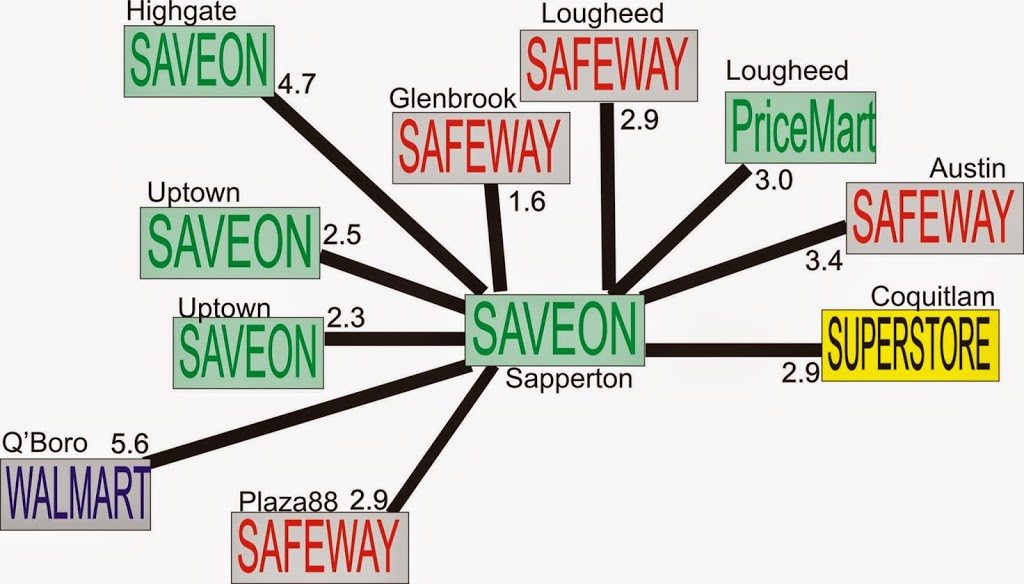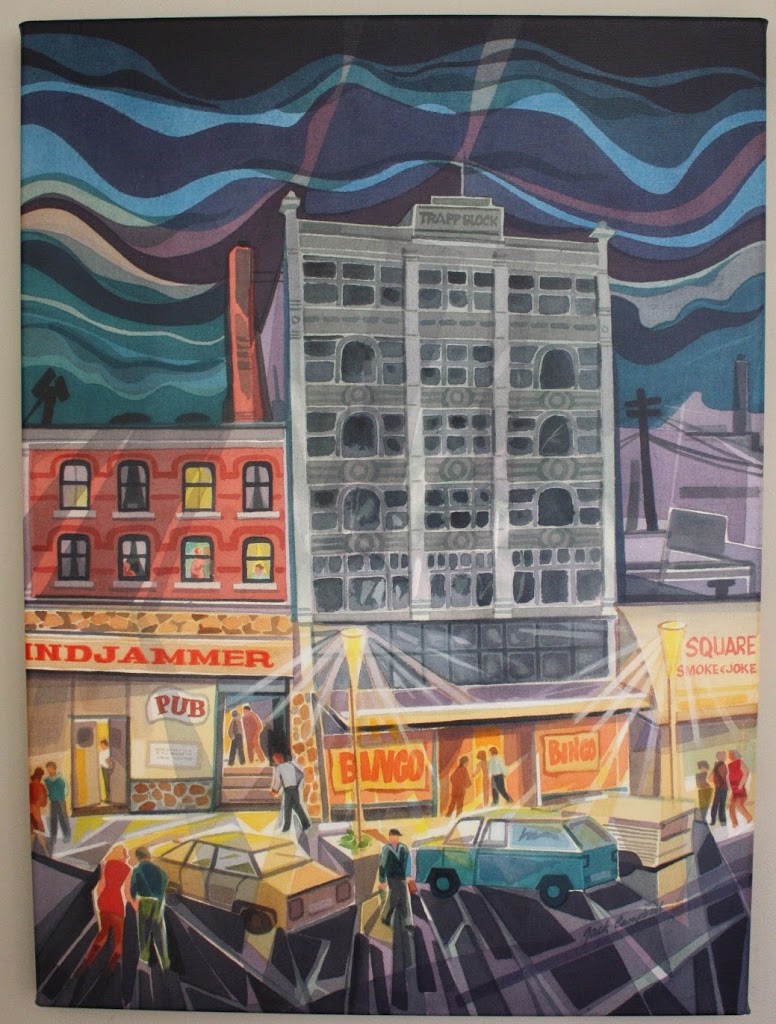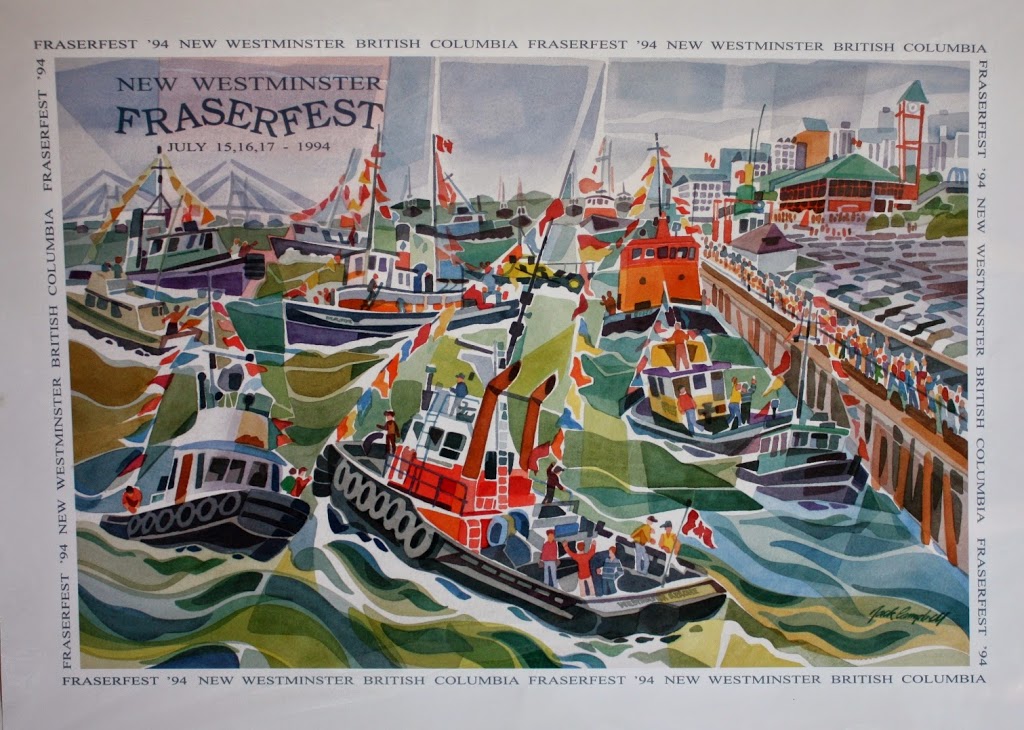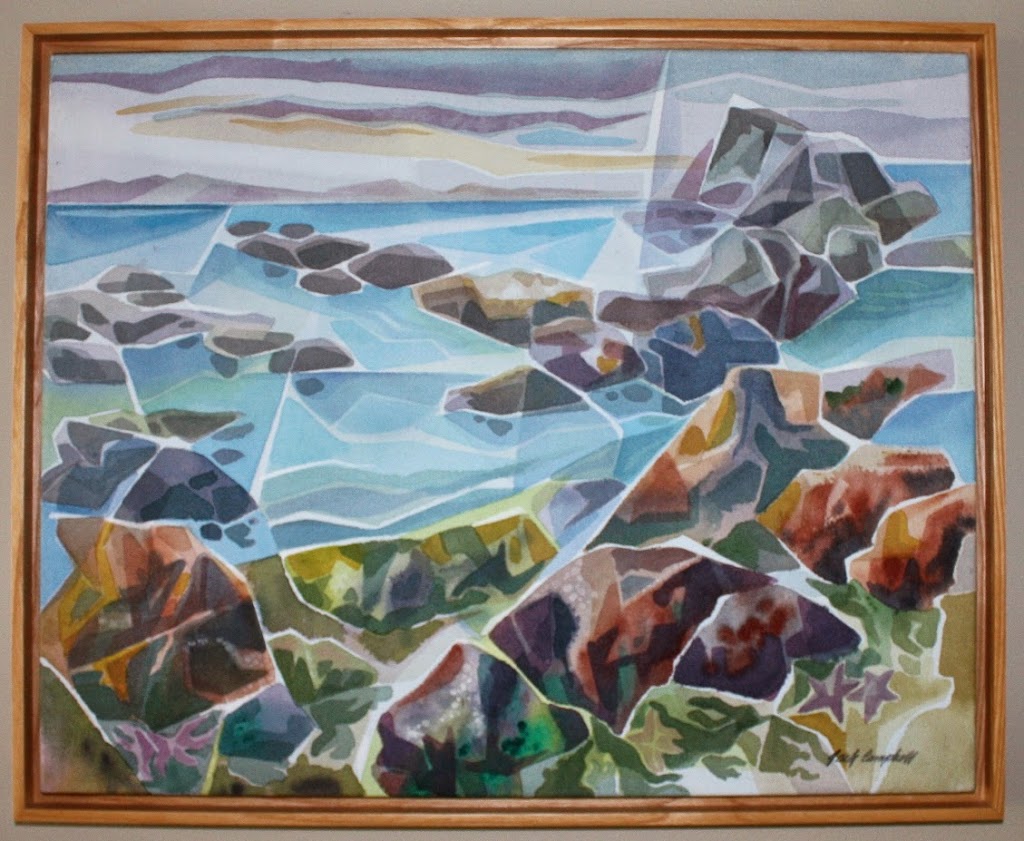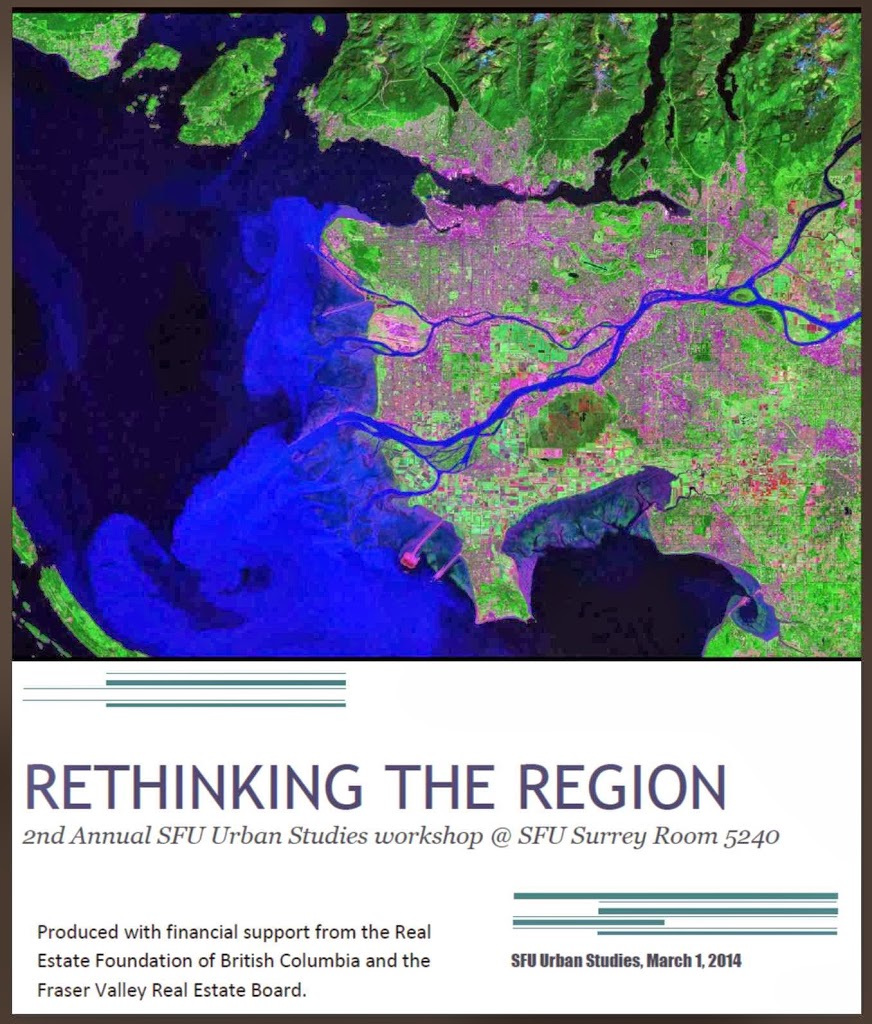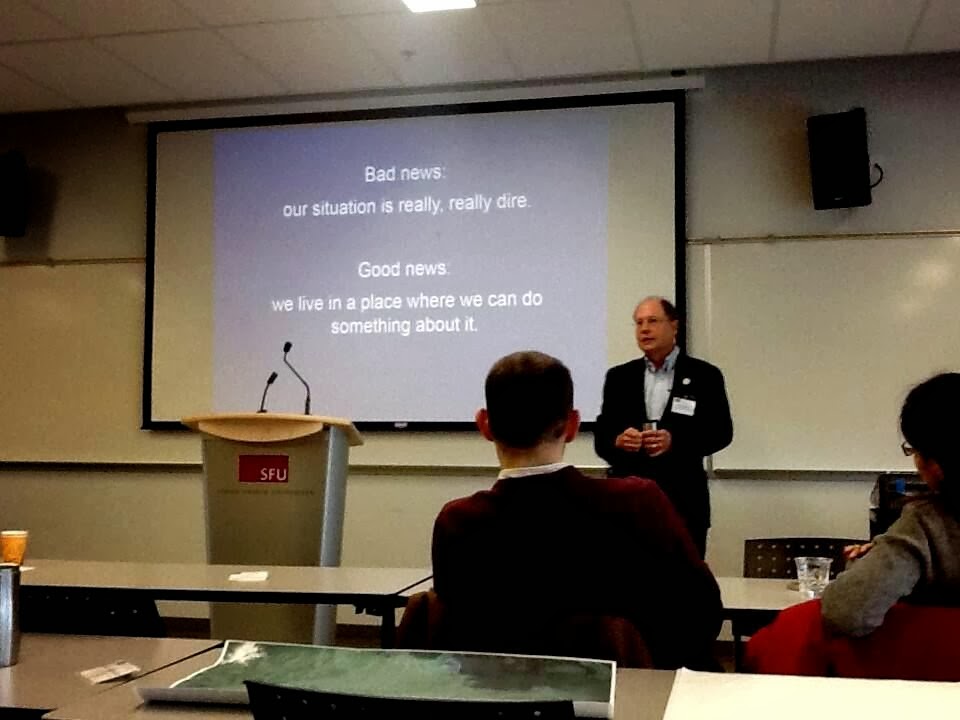Last post, I suggested some hopes for (dreams of?), a better Hyack Festival in New Westminster. In doing so, I was cognizant of stepping on eggshells, because I don’t want to downplay the efforts of the hard-working volunteers who bring a bit of fun to New Westminster while holding up long-standing traditions.
This got me reading about the history of Hyack*, and I learned that questioning the organization of these major events and challenging the meaning of them has actually been one of those long-standing traditions!
The May Day Celebrations started in 1870, with the ceremony developing around securing a common identity as an agricultural town with “royal” origins – perhaps as a bit of the thumb-to-the-nose at the upstart Capital across the water. It is important to note that May Day was, in those early days, an internal celebration for the residents of New Westminster, not a regional event intended to promote the City externally to a larger regional trading region. At the turn of the Century, the City had the Pacific Exhibition and the Farmers Market to do those things.
Through the first half of the 20th century, the May Day Celebrations expanded to act both for internal cohesion and external boosterism. It was primarily an event for children, becoming an all-day fete with folk dances, the Maypole, and sporting events, with attendance by all New Westminster school children at one point made compulsory. Originally this fest was highlighted by the Anvil Battery Salute, but by the early 1950s, May Day had moved to the Friday before Victoria Day, to foster attendance by elementary students.
By the late 50’s to early 60’s, some of those institutions that held the City together and put it on the map regionally – the Miracle Mile of shops, the Exhibition, and the Farmers Market – were disappearing. During this time, there was pressure to “protect” the May Day Festival and keep it safe from “contemporary tendencies” to expand or transform the event. The Chamber of Commerce, recognizing the mercantile opportunities, suggested moving the May Day to Saturday in 1961 to allow more visitors to be drawn to town. They were thoroughly rebuked by the May Day Committee for suggesting a children’s festival should suffer the ugly encroachment of commercialism.
In the late 60’s, this transformation began regardless, partly due to ongoing pressure from different parts of the community, partly because of the coincidence with larger celebrations of the Centennials of 1958 (of New Westminster), 1966 (of the Colony), and 1967 (of Confederation). The changes were also coincident with some of the “Old Guard” of the May Day Committee starting to retire or die off. By 1966, it was a three-day festival, and in 1967, a 5-day event, including the “largest Parade in the Province’s History”, a carnival in Queens Park, sporting events, an agricultural show, and more. With more than 100,000 people showing up for the Parade (remember, this was a City with less than 40,000 residents), this was clearly a regional event to promote New Westminster, and a significant tourist draw for the local commercial interests at a time when Columbia Street was beginning to see decline. Ugly commercialism had, eventually, encroached.
This growth was not without concern. The loss of traditions and increasing cost of the larger event caused apprehension among many of the traditionalists. When conflict ensued at City Council about spiraling costs, and a concurrent push by some to build a more “professional type, money making event”, a new organizing committee for all festivals was created: one comprised of upstart younger businessmen. This group was less encumbered by old traditionalist and parochial ideas about the fete, but wanted to inject new ideas, energy, and blood into the City’s Festivals. One of their first acts of this so-called “Royal City Society” was to change the name of the May Day celebration into The “Hyack Festival”.
Funded by a 1% tax on businesses, and unfettered by the City’s bureaucracy, Hyack grew to a 10-day celebration. It didn’t replace traditions like the May Day celebrations or the Anvil Salute, but surrounded them with other events to improve the overall attractiveness. In 1972 there was reportedly “a carnival, high-wire acts, roving western singers throughout the City”. In 1973, the festival was just as big with a week of sporting events to build the excitement towards the upcoming Canada Summer Games. In 1974, the Parade moved from Columbia Street to the current Uptown route, reflecting the shifting economic fortunes of the City’s two main commercial centres. By then, visitor numbers had dropped back to the more-typical 25,000 or so people, but Hyack as an entity, and as a festival, continued to thrive. Through ups and downs, as events came and went (canoe race anyone?), this is the same Hyack festival we have today.
But where are we today? The number of events surrounding the mainstay traditions is definitely reduced, and there were clearly not 25,000 people on 6th Street last month. The traditions hold strong, and the Hyack Festivals Association has to be thanked for keeping the flame burning for 40+ years. However, the root of all of the conflict in and around Hyack for the last year seems eerily familiar: how much change is too much change? What is the most responsible way to spend Taxpayer’s Money? Do we want to have a large commercial event (dare I say “professional” or “not amateurish”) to attract people to our City, or a smaller community-building event that represents our traditions and desires? Are these two ideas incompatible?
The 2014 Hyack Festival is over, there is some new leadership of the Festival Association, and the battle for Letter-to-the-Editor dominance has apparently fizzled out. However, the conversation cannot stop now. Sustainable funding is still an uncertainty. The prominence of Hyack is being challenged by the many new neighbourhood and community groups setting up festivals and other events around town. Some of the structural concerns and visioning issues about Hyack that led to last year’s conflict have not been resolved. The worst thing that can happen right now is for the conversation about the role of the Hyack festival Association in our community to go silent.
The bitter fight was silly and distracting; we need a calm discussion. Maybe Hyack should start it. The people of New Westminster want to be engaged in the conversation, because most of us don’t want to volunteer for Hyack or wear a Green Jacket, but we all love a Parade.
*I read many sources for this Post, not the least being Earl Noah’s 1992 MA Thesis (Geography) from UBC, from which anything in quotes above was drawn. My not being a historian means I can hang any errors above on my unprofessional misinterpretation of records, and not a flaw of the records themselves!





